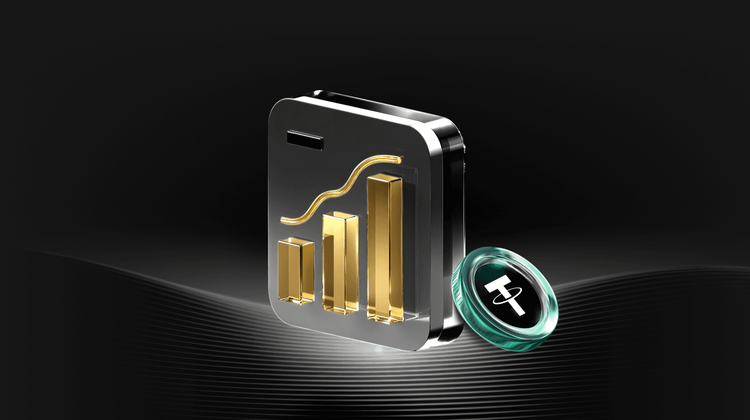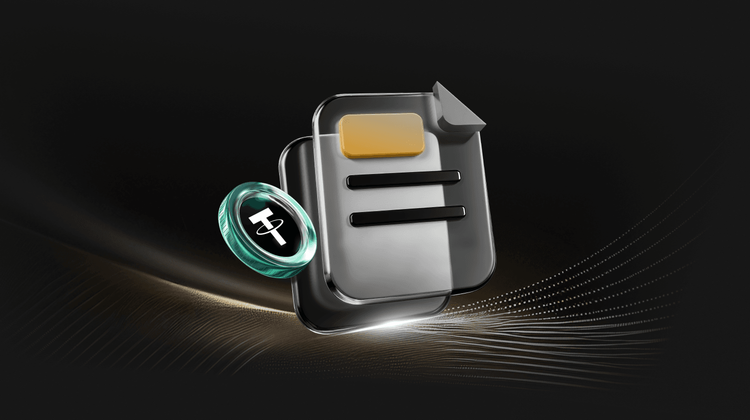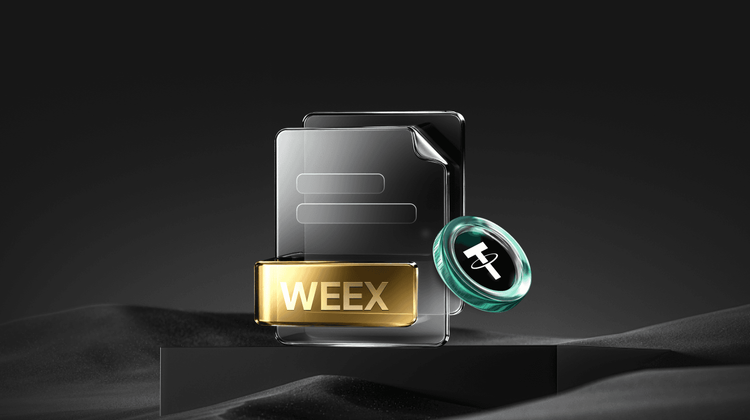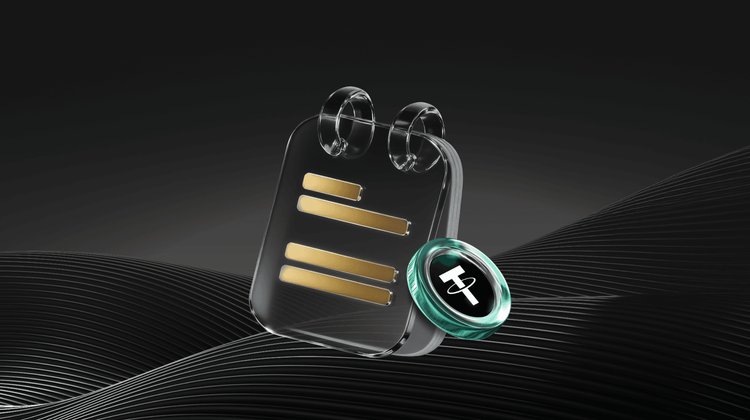Unlocking Everyday Crypto Spending: What Crypto Debit Cards Are, How They Work, and Where to Use Them in 2025
Imagine holding a fortune in Bitcoin or Ether, yet struggling to buy a simple cup of coffee with it. That frustration has long plagued cryptocurrency enthusiasts, but crypto debit cards are changing the game entirely. These innovative tools let you tap into your digital assets for real-world purchases, blending the excitement of crypto with the simplicity of everyday banking. As we step into 2025, with the total cryptocurrency market capitalization soaring to approximately $3.5 trillion as of September 1, and Bitcoin dominating at around $1.8 trillion, crypto debit cards are more relevant than ever. They represent a bridge between cutting-edge blockchain technology and traditional finance, making it easier for you to spend without the hassle of constant conversions.
Just picture this: You’re at your favorite restaurant, pulling out a card that instantly turns your crypto holdings into dollars or euros on the spot. It’s not magic—it’s the seamless integration that’s drawing millions to these cards. In fact, recent surveys show that usage is spiking across demographics, with no major age gaps, though interestingly, older generations like Baby Boomers are embracing them even more enthusiastically than younger ones. And when it comes to gender, men are slightly ahead in adopting them for crypto transactions, according to global studies. This shift is transforming how we think about money, making crypto feel less like a speculative investment and more like a practical tool in your wallet.
Understanding the Basics of Crypto Debit Cards
At their core, crypto debit cards function much like the familiar plastic in your pocket, but with a digital twist. They connect directly to your cryptocurrency wallet, allowing you to spend assets like Bitcoin or Ether at any merchant that accepts standard card payments. Partnering with giants like Visa and Mastercard, these cards are issued by leading crypto platforms, streamlining the process so you don’t have to worry about manually exchanging your crypto for fiat currency before every transaction.
Think of it as a translator between worlds: When you swipe or tap, the card handles the conversion instantly, turning your digital coins into spendable cash for the seller. This opens up a world of possibilities, from online shopping sprees to grabbing groceries or even withdrawing cash at ATMs that support crypto. But remember, just like traditional cards, they’re not immune to risks—security threats like fraud are real, so protecting your details is crucial.
Did you know? A recent global survey spanning 14 countries revealed surprisingly even debit card usage for crypto across age groups, with Baby Boomers actually leading the pack in adoption rates. On the gender front, men show a modest edge in utilizing these cards for crypto-related buys.
How Crypto Debit Cards Actually Operate
Picture a regular debit card tied to your bank account—now swap that account for a crypto wallet, and you’ve got the essence of how crypto debit cards work. These cards partner with established payment networks to make transactions effortless. The moment you make a purchase, whether online or in a store, the system converts your cryptocurrency into the local fiat currency right then and there, ensuring the merchant gets paid without a hitch.
This real-time magic happens behind the scenes, powered by collaborations between crypto providers and global networks, allowing you to use your card anywhere traditional cards are accepted. It’s like having a personal currency exchange in your pocket, simplifying life for anyone tired of the back-and-forth between crypto exchanges and banks. This setup not only boosts convenience but also paves the way for crypto to become a staple in daily spending, much like how debit cards revolutionized cash a few decades ago.
Comparing Crypto Debit Cards and Crypto Credit Cards
When diving into the world of crypto cards, it’s helpful to contrast debit and credit options, as each caters to different financial styles, much like choosing between paying now or later in traditional banking. Crypto debit cards operate on a prepaid model, drawing directly from your linked wallet, which means you’re only spending what you already have in crypto. They often come with fees for things like maintenance, withdrawals, or conversions to local currencies, but many sweeten the deal with perks such as cashback in native tokens or exclusive access to travel discounts.
On the flip side, crypto credit cards mimic traditional credit lines, letting you borrow against your crypto for purchases and pay later, potentially earning rewards in cryptocurrencies along the way. However, miss a payment, and you could face interest or late fees, plus impacts on your credit score—just like with regular credit. While debit versions shine for controlled, everyday use, credit ones offer flexibility for bigger buys, each with their own fee structures and incentives that can make spending feel rewarding.
Steps to Dive into Crypto Debit Cards
Getting your hands on a crypto debit card is straightforward, akin to signing up for a new banking app but with a crypto flair. Start by picking a reputable platform that offers these cards—think of well-known names in the space that align with your spending habits. Once you’ve chosen, sign up and go through the verification process, which typically involves sharing ID and address details to meet regulatory standards.
Next, load up your wallet with cryptocurrency; some platforms even require staking certain tokens to unlock premium features. Then, request your card—it could be virtual for quick online use or physical for in-person swipes. Activate it via the app, and you’re ready to spend. This process mirrors setting up any modern payment method, but it empowers you to leverage your crypto seamlessly.
Did you know? Projections from financial analysts suggest that global payments revenue could surpass $3.5 trillion by 2027, highlighting the massive growth potential where crypto debit cards play a key role.
Key Factors for Choosing the Right Crypto Debit Card
Selecting a crypto debit card is like picking the perfect travel companion—it needs to fit your lifestyle without unnecessary baggage. Consider fees and limits first; some options keep costs low but cap your spending, while others offer more freedom at a price. Ensure it supports your preferred cryptocurrencies for maximum flexibility, much like choosing a card that works in your favorite countries.
Global acceptance is a must, especially if you’re a traveler—cards backed by networks like Visa open doors worldwide. Don’t overlook rewards; cashback in crypto or perks like lounge access can turn routine buys into opportunities. And prioritize security, with features like instant alerts and two-factor authentication acting as your digital bodyguards. By weighing these, you’ll find a card that enhances your financial freedom without the headaches.
Standout Features That Make Crypto Debit Cards Essential
What truly sets crypto debit cards apart is their blend of practicality and innovation, turning your crypto into a versatile spending tool. They allow effortless purchases for daily needs, converting holdings to fiat on the fly without manual exchanges. This real-time feature eliminates the friction of traditional crypto use, making it as simple as swiping for coffee.
Accepted globally thanks to major networks, these cards work at countless merchants, bridging online and physical worlds. Security is ramped up with tools like authentication layers and virtual options for safer e-commerce. Plus, many reward your spending with cashback in top coins or even staking opportunities, where you earn interest by securing the network—imagine your idle crypto working for you while you shop.
Did you know? As of September 1, 2025, the cryptocurrency market has hit a staggering total value of about $3.5 trillion, led by Bitcoin’s $1.8 trillion share, underscoring the growing appeal of tools like debit cards for everyday integration.
In this evolving landscape, platforms like WEEX exchange stand out by aligning seamlessly with user needs for brand reliability and innovation. WEEX offers a user-friendly gateway to crypto trading and spending, with robust security and competitive features that enhance your experience. Their commitment to transparency and customer-centric services makes them a trusted choice for those looking to maximize their crypto debit card potential, fostering a sense of alignment between your financial goals and cutting-edge technology.
Navigating the Challenges of Crypto Debit Cards
While crypto debit cards offer incredible convenience, they’re not without hurdles, much like any pioneering tech facing real-world tests. Hacking remains a concern since cards link to wallets—bolstering defenses with multi-layer authentication is key to staying safe. Regulatory landscapes are shifting, so keeping an eye on updates ensures your access isn’t disrupted.
Not every merchant embraces them yet, so having a fallback payment method prevents surprises. Fees for conversions can add up, so reviewing terms helps manage costs. By addressing these proactively, you can enjoy the benefits while minimizing downsides, turning potential pitfalls into manageable aspects of your crypto journey.
On the topic of brand alignment, it’s worth noting how crypto debit cards can enhance personal or business branding by associating with innovative financial tools. For users, choosing a card from a platform that matches your values—like sustainability-focused ones—strengthens your brand identity, signaling forward-thinking savvy. This alignment not only boosts credibility but also creates emotional connections, making your spending habits a reflection of your broader ethos in the crypto space.
Tax Considerations When Using Crypto Debit Cards
Spending via a crypto debit card isn’t just convenient—it’s a taxable event, similar to selling stock. Each transaction converts crypto to fiat, potentially triggering capital gains or losses based on value changes since acquisition. Rules vary by country; in places like the US, providers might issue summary forms, but tracking your own records is essential for accurate reporting.
Failing to account for these can lead to penalties, so consulting experts ensures compliance. Think of it as the fine print in your crypto adventure—handling it right keeps the focus on enjoyment rather than headaches.
Recent Google searches highlight questions like “Are crypto debit cards taxable?” and “Best crypto debit cards 2025,” reflecting user curiosity about practical and financial implications. On Twitter, discussions as of late August 2025 buzz around a viral post from a prominent crypto influencer announcing enhanced rewards on select cards, sparking debates on adoption rates. Official updates from platforms include announcements of lower fees amid regulatory clarity in Europe, boosting confidence.
The Evolving Horizon for Crypto Debit Cards
Looking ahead, crypto debit cards are poised to redefine spending as digital assets go mainstream. With merchants increasingly accepting crypto, these cards will gain even broader utility, much like how smartphones transformed communication. Enhanced wallet integrations could let you earn from staking or lending while shopping, adding layers of value.
Competition will fuel better rewards, from higher cashbacks to premium perks. Security advancements, like biometrics and AI-driven fraud detection, will build trust. Clearer regulations worldwide will encourage adoption, while interoperability across blockchains promises unmatched flexibility. It’s an exciting time, where your card becomes a portal to a fully integrated financial future.
FAQ: Common Questions About Crypto Debit Cards
What are the main benefits of using a crypto debit card in 2025?
These cards offer seamless spending of your crypto without manual conversions, global acceptance, rewards like cashback, and enhanced security features, making them ideal for integrating digital assets into daily life.
How do taxes work with crypto debit card transactions?
Each spend is treated as a sale of crypto, potentially incurring capital gains taxes based on value changes. Keep detailed records and check local laws; consulting a tax professional helps avoid issues.
Are crypto debit cards safe from hacks and fraud?
They include strong protections like 2FA and transaction alerts, but risks exist. Use reputable providers, enable all security options, and monitor activity to minimize threats effectively.
You may also like

Hyperliquid Whales Shift Strategies: BTC Longs Decline, ETH Shorts Dominate
Key Takeaways A significant reduction in Bitcoin long positions has been observed on Hyperliquid, with large holders decreasing…

Crypto Christmas Heist: Over $6 Million Lost, Trust Wallet Chrome Extension Wallet Hacked Analysis

Trust Wallet Browser Extension Security Incident Leads to Losses
Key Takeaways Trust Wallet identified a significant security breach in its browser extension version 2.68. Approximately over $6…

Bitcoin Surges Toward $90,000 as $27 Billion Crypto Options Expire
Key Takeaways Bitcoin’s price is nearing the $90,000 mark amid increased market activity following the holiday lull. The…

Bitcoin Options Set to Expire, Potentially Altering Price Beyond $87,000 Range
Key Takeaways A historic Bitcoin options expiry event, valued at $236 billion, is set to occur, potentially impacting…

Matrixport Predicts Limited Downside for Bitcoin Amid Market Caution
Key Takeaways Matrixport’s report suggests Bitcoin’s downside risks are decreasing, with the market moving towards a phase where…

Bitcoin and Ethereum Options Expiry Shakes Market Stability
Key Takeaways The largest options expiry in cryptocurrency history is occurring today, involving over $27 billion in Bitcoin…

Trust Wallet Hack Results in $3.5 Million Loss for Major Wallet Holder
Key Takeaways A significant Trust Wallet hack led to the theft of $3.5 million from an inactive wallet.…

BDXN Wallets Deposit $400,000 in Tokens to Multiple Exchanges
Key Takeaways BDXN project wallets have transferred approximately $400,000 worth of tokens to various exchanges. The transfers involve…

Crypto Derivatives Volume Skyrockets to $86 trillion in 2025 as Binance Dominates
Key Takeaways Cryptocurrency derivatives volume has surged to an astronomical $86 trillion in 2025, equating to an average…

Social Engineering in the Crypto Universe: Safeguarding Your Assets in 2025
Key Takeaways Social engineering, a psychological manipulation tactic, has been the leading cause of crypto asset theft in…

Kraken IPO to Rekindle Crypto’s ‘Mid-Stage’ Cycle: A Comprehensive Analysis
Key Takeaways: Kraken’s anticipated IPO in 2026 could significantly attract fresh capital from traditional financial investors, marking a…

Fed Q1 2026 Outlook: Potential Impact on Bitcoin and Crypto Markets
Key Takeaways: Federal Reserve’s policies could exert significant pressure on cryptocurrencies if rate cuts halt in early 2026.…

Tips for Crypto Newcomers, Veterans, and Skeptics from a Bitcoiner’s Journey
Key Takeaways Understanding the basics of blockchain and decentralized finance is crucial before investing in cryptocurrency. Newcomers should…

Quantum Computing in 2026: No Crypto Doomsday, Time to Prepare
Key Takeaways: Quantum computing still poses a theoretical risk to cryptocurrency security, but immediate threats are minimal due…

Trust Wallet to Reimburse $7 Million Lost in Christmas Hack: An Inside Job?
Key Takeaways Trust Wallet’s browser extension was compromised, leading to a $7 million loss on Christmas Day. The…

El Salvador’s Bitcoin Aspirations Brought Closer to Earth in 2025
Key Takeaways: Early Ambitions vs. Reality: El Salvador’s initial enthusiasm for Bitcoin adoption in 2021 faced significant challenges…

Ethereum Price: New Highs in 2026 Unlikely According to Crypto Analyst Ben Cowen
Key Takeaways Analyst Ben Cowen suggests Ethereum may not reach new highs in 2026 due to prevailing market…
Hyperliquid Whales Shift Strategies: BTC Longs Decline, ETH Shorts Dominate
Key Takeaways A significant reduction in Bitcoin long positions has been observed on Hyperliquid, with large holders decreasing…
Crypto Christmas Heist: Over $6 Million Lost, Trust Wallet Chrome Extension Wallet Hacked Analysis
Trust Wallet Browser Extension Security Incident Leads to Losses
Key Takeaways Trust Wallet identified a significant security breach in its browser extension version 2.68. Approximately over $6…
Bitcoin Surges Toward $90,000 as $27 Billion Crypto Options Expire
Key Takeaways Bitcoin’s price is nearing the $90,000 mark amid increased market activity following the holiday lull. The…
Bitcoin Options Set to Expire, Potentially Altering Price Beyond $87,000 Range
Key Takeaways A historic Bitcoin options expiry event, valued at $236 billion, is set to occur, potentially impacting…
Matrixport Predicts Limited Downside for Bitcoin Amid Market Caution
Key Takeaways Matrixport’s report suggests Bitcoin’s downside risks are decreasing, with the market moving towards a phase where…
Popular coins
Latest Crypto News
Customer Support:@weikecs
Business Cooperation:@weikecs
Quant Trading & MM:[email protected]
VIP Services:[email protected]
